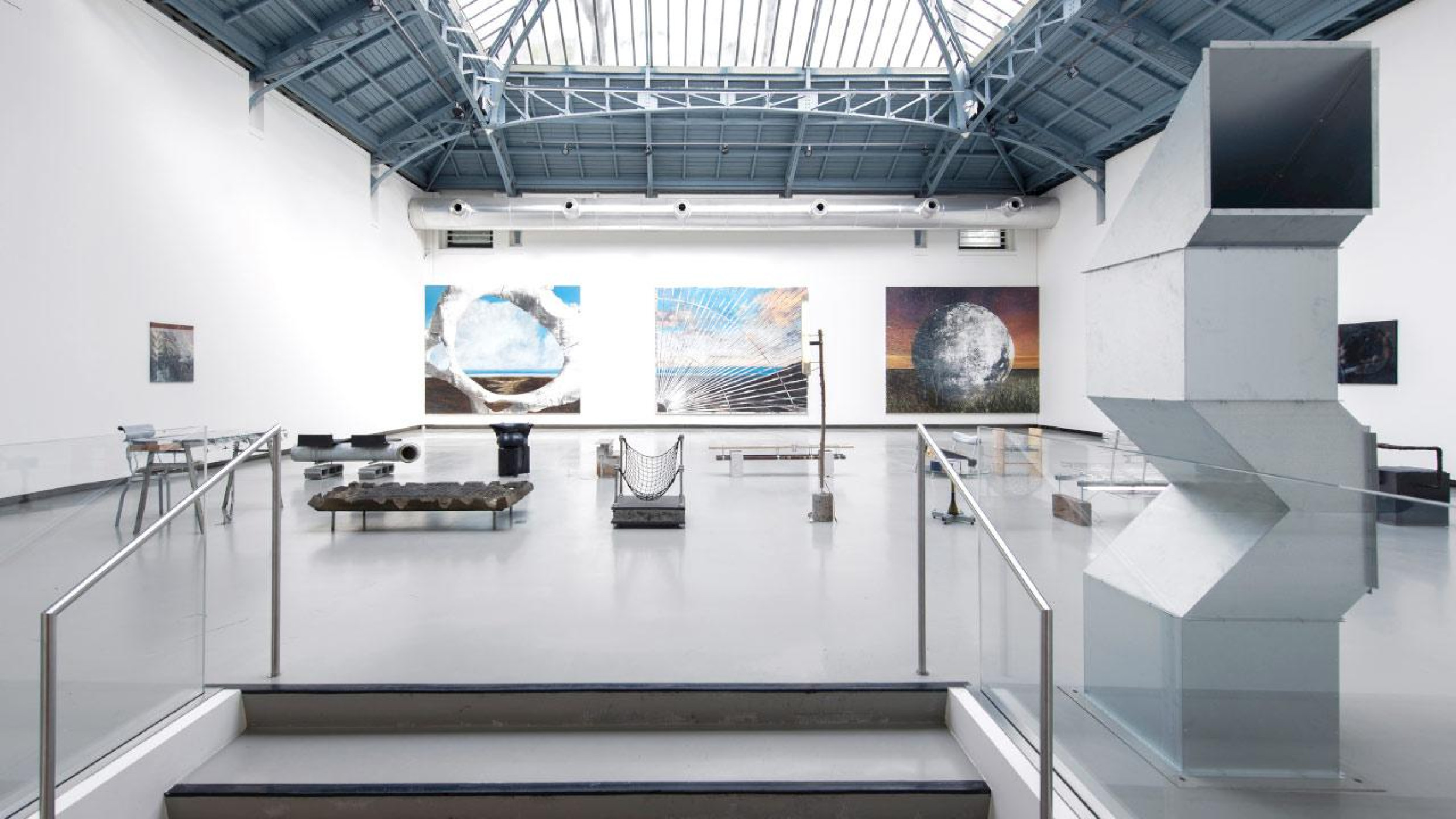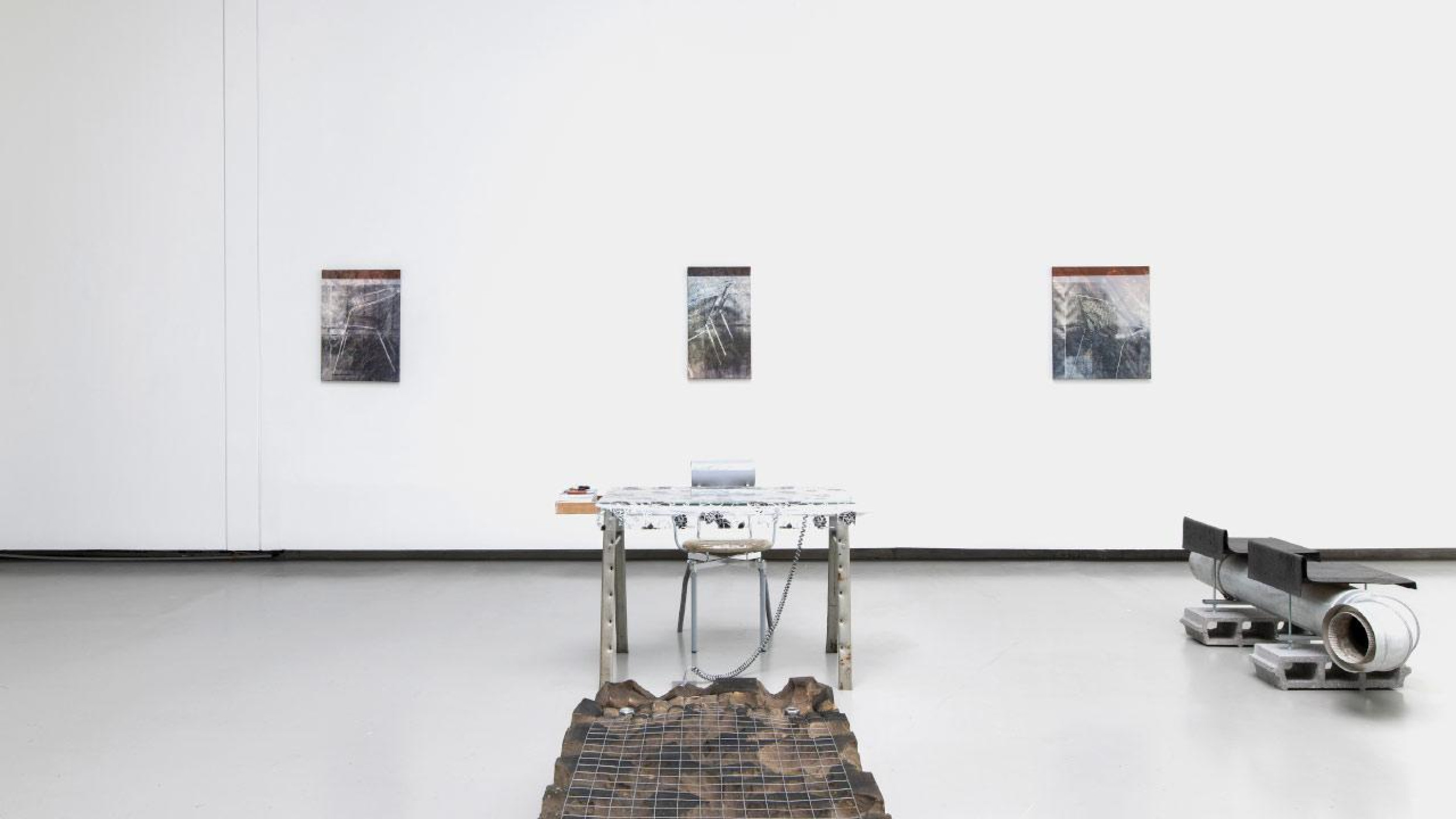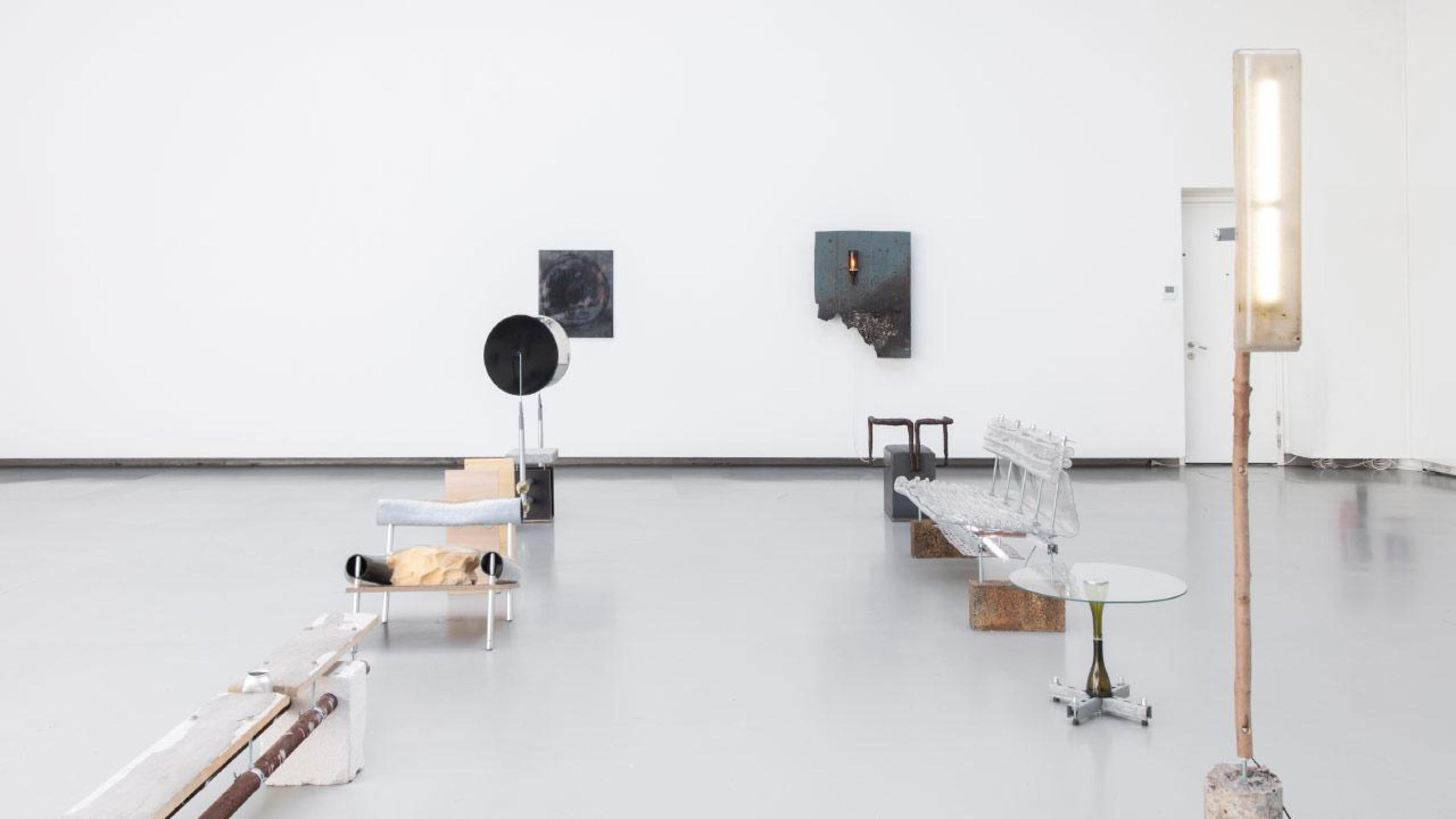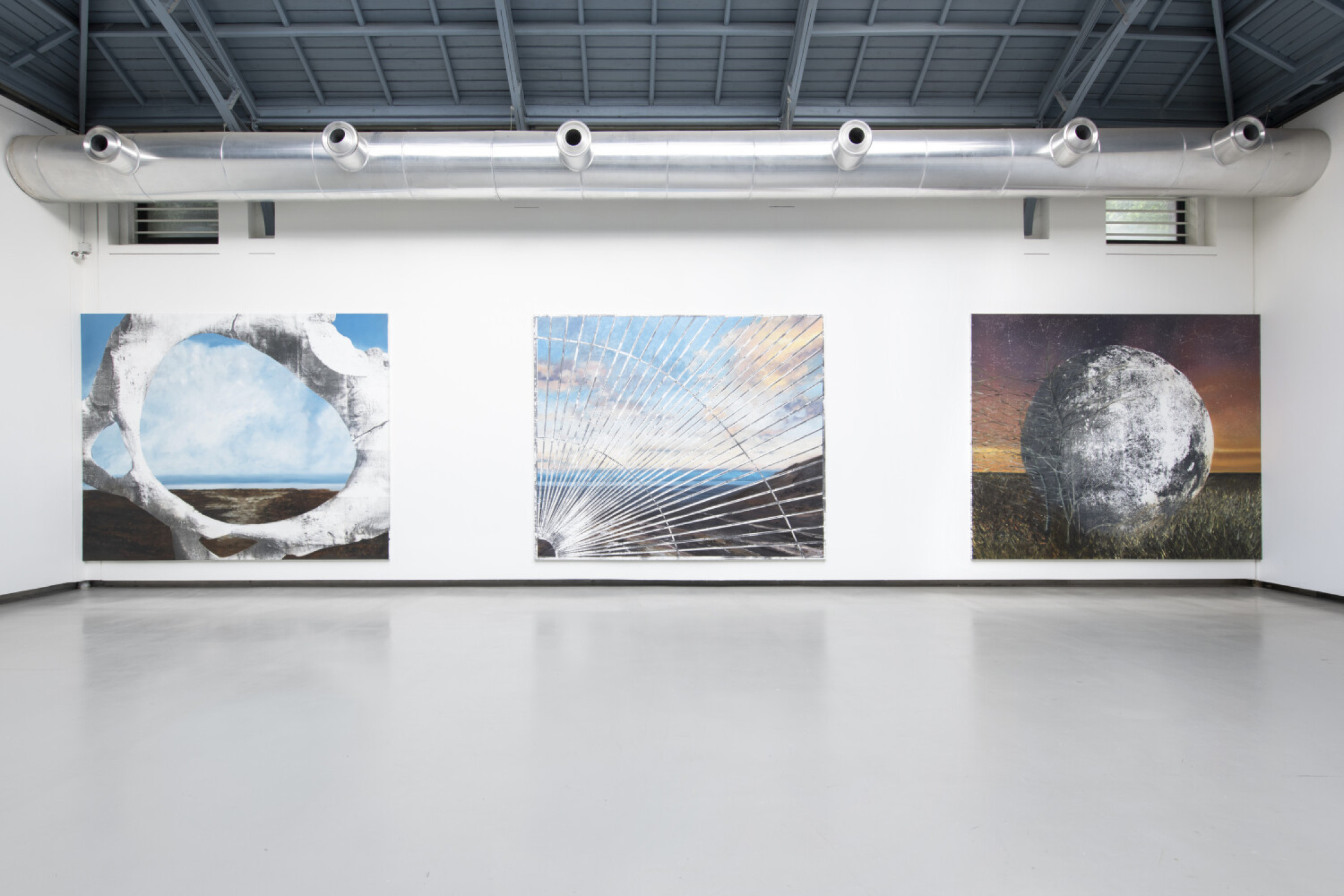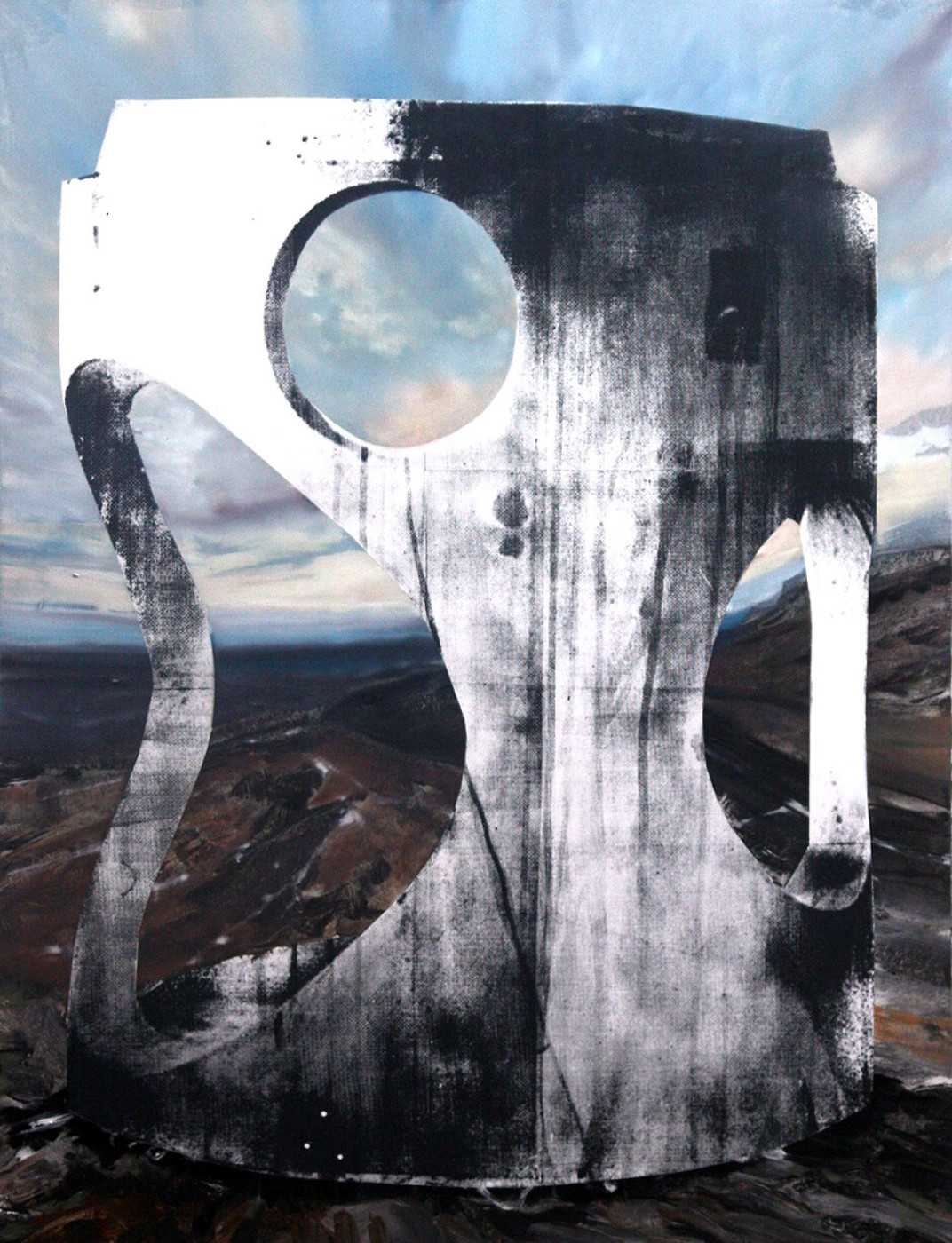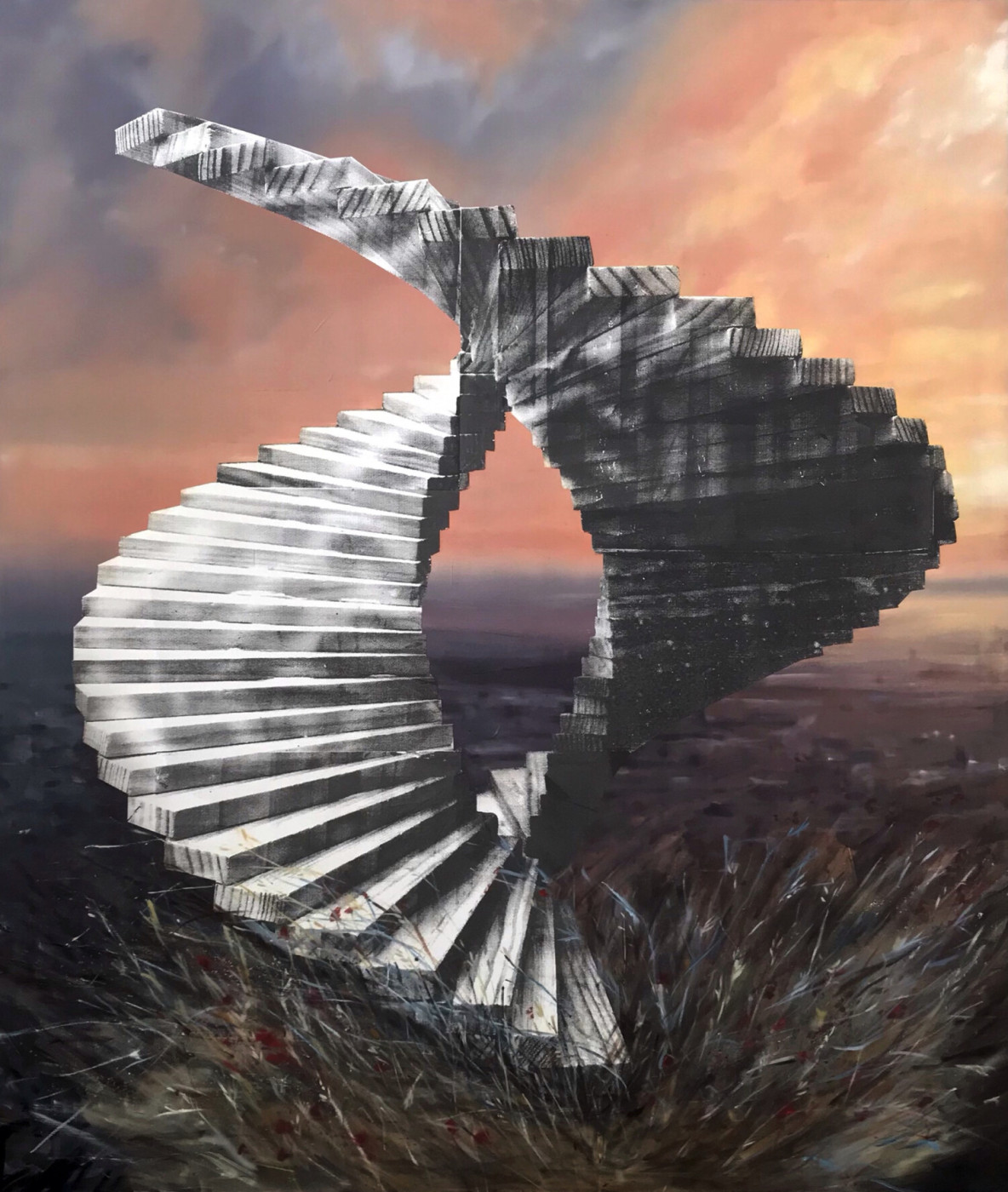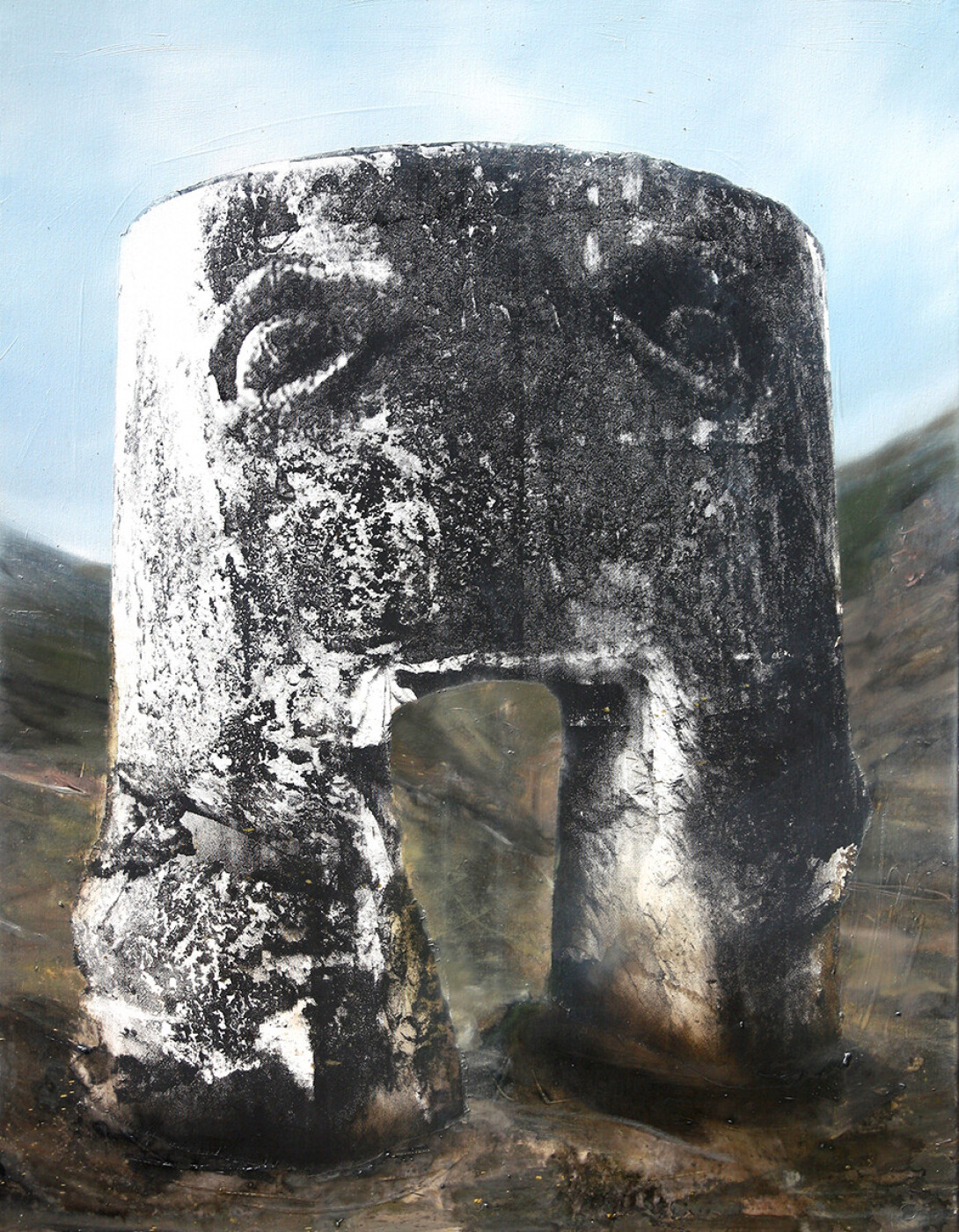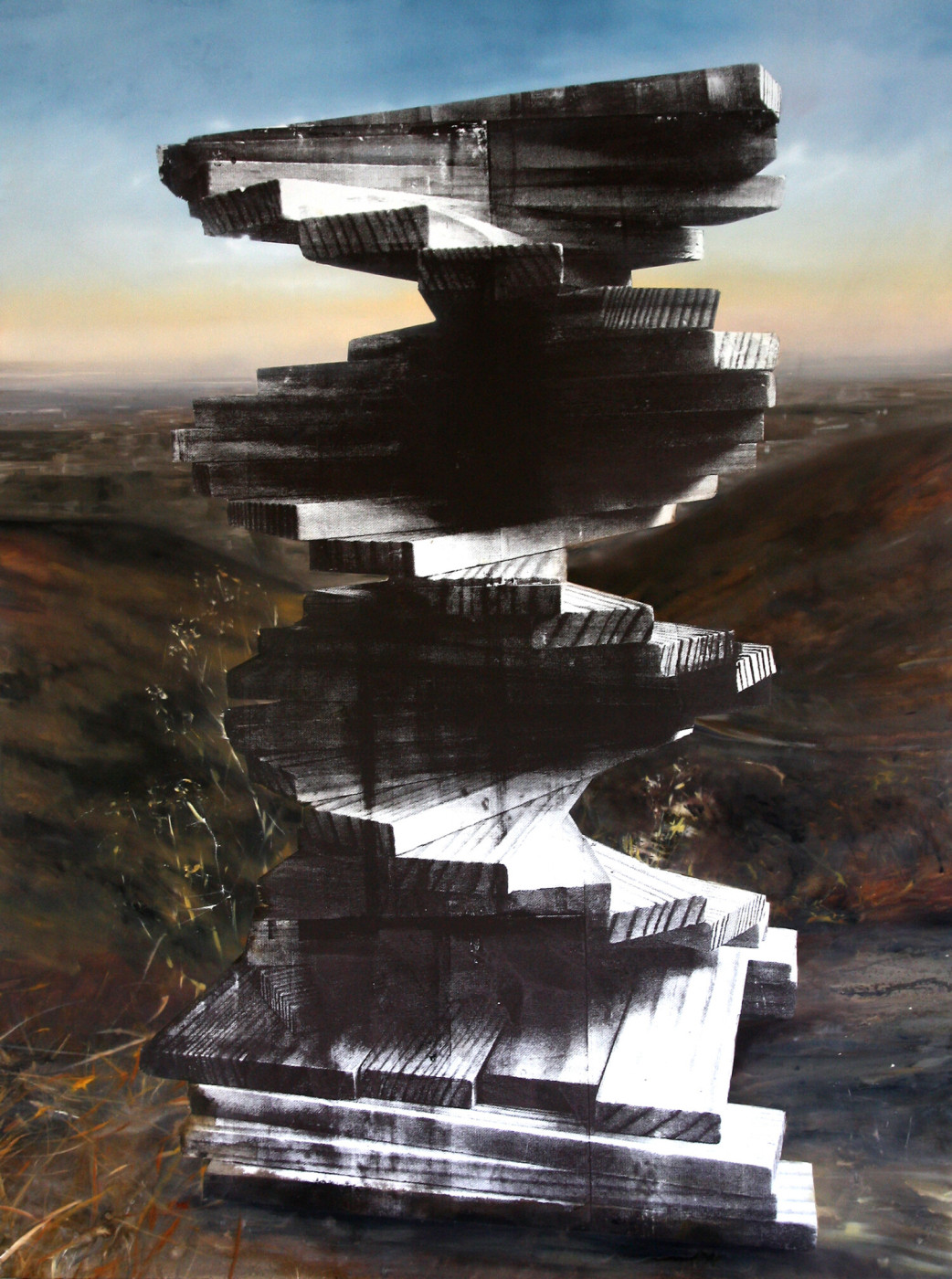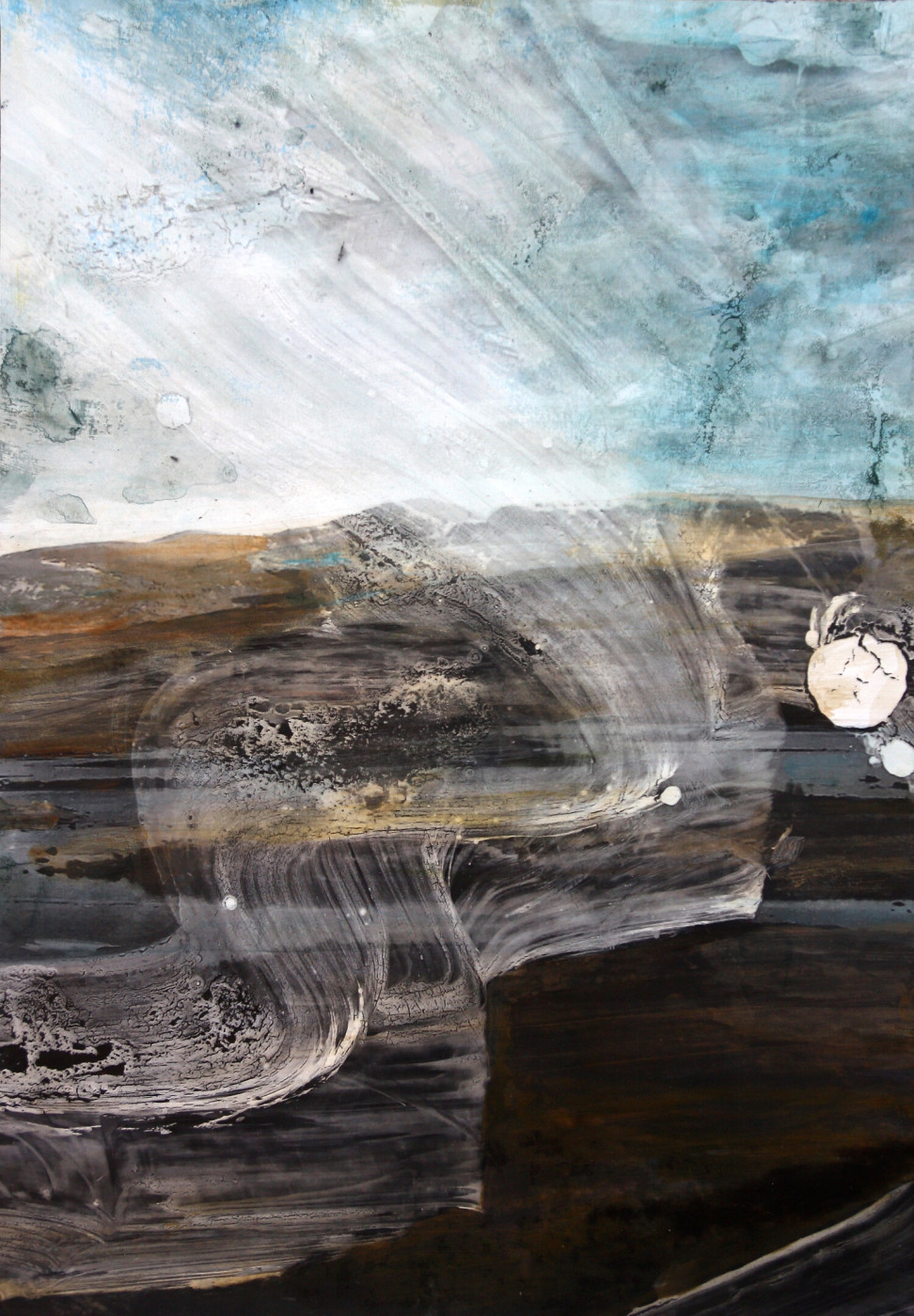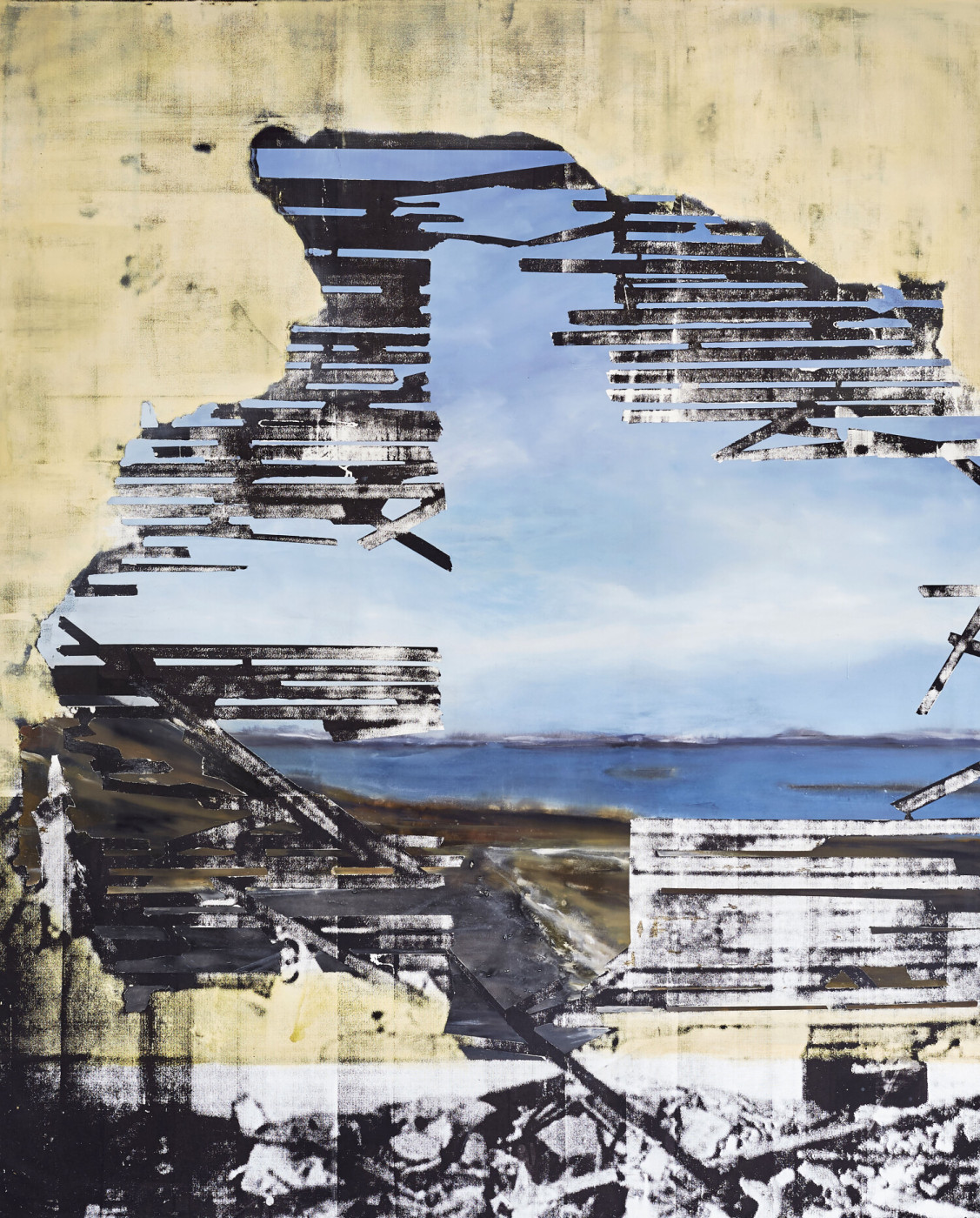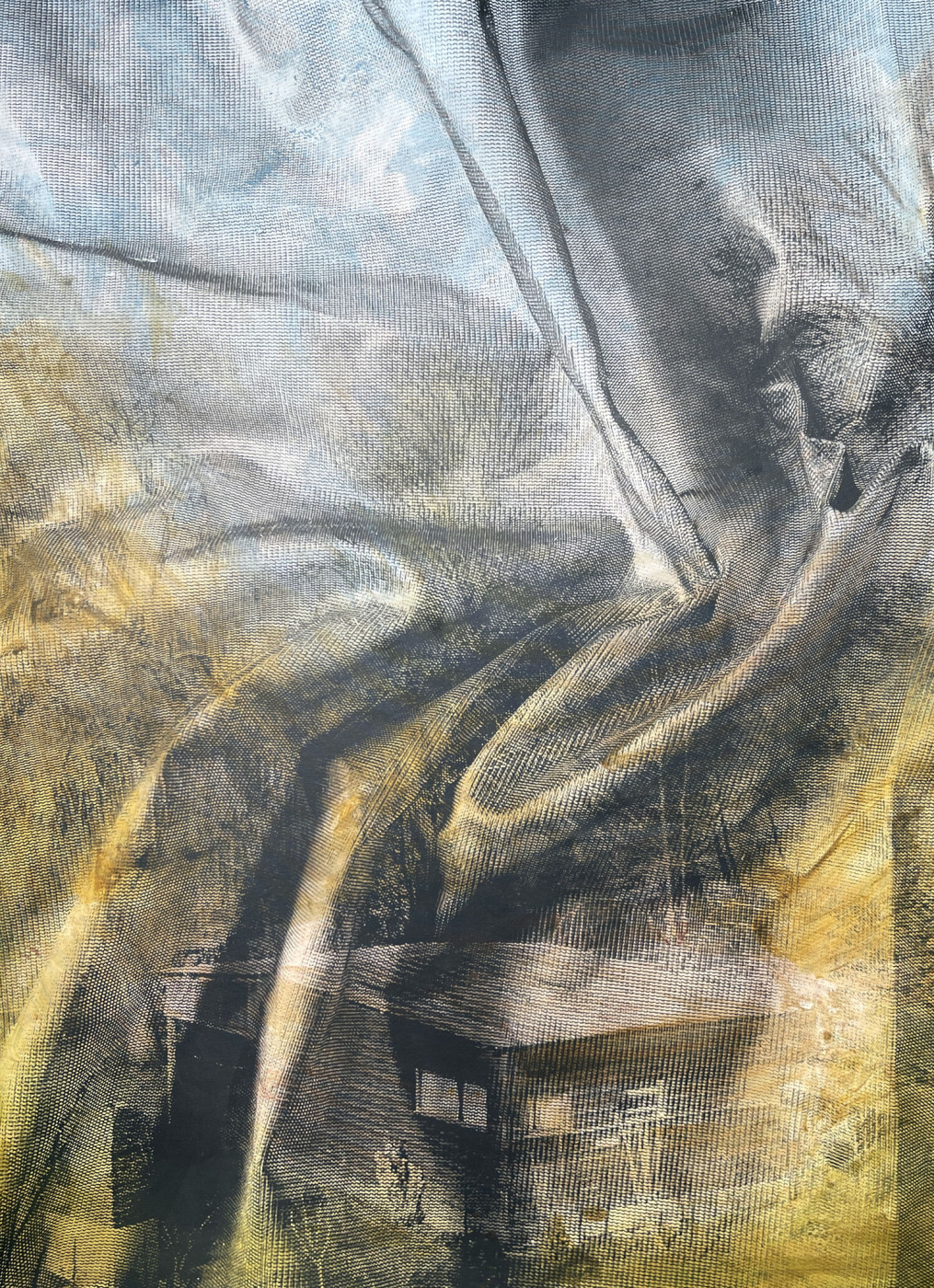
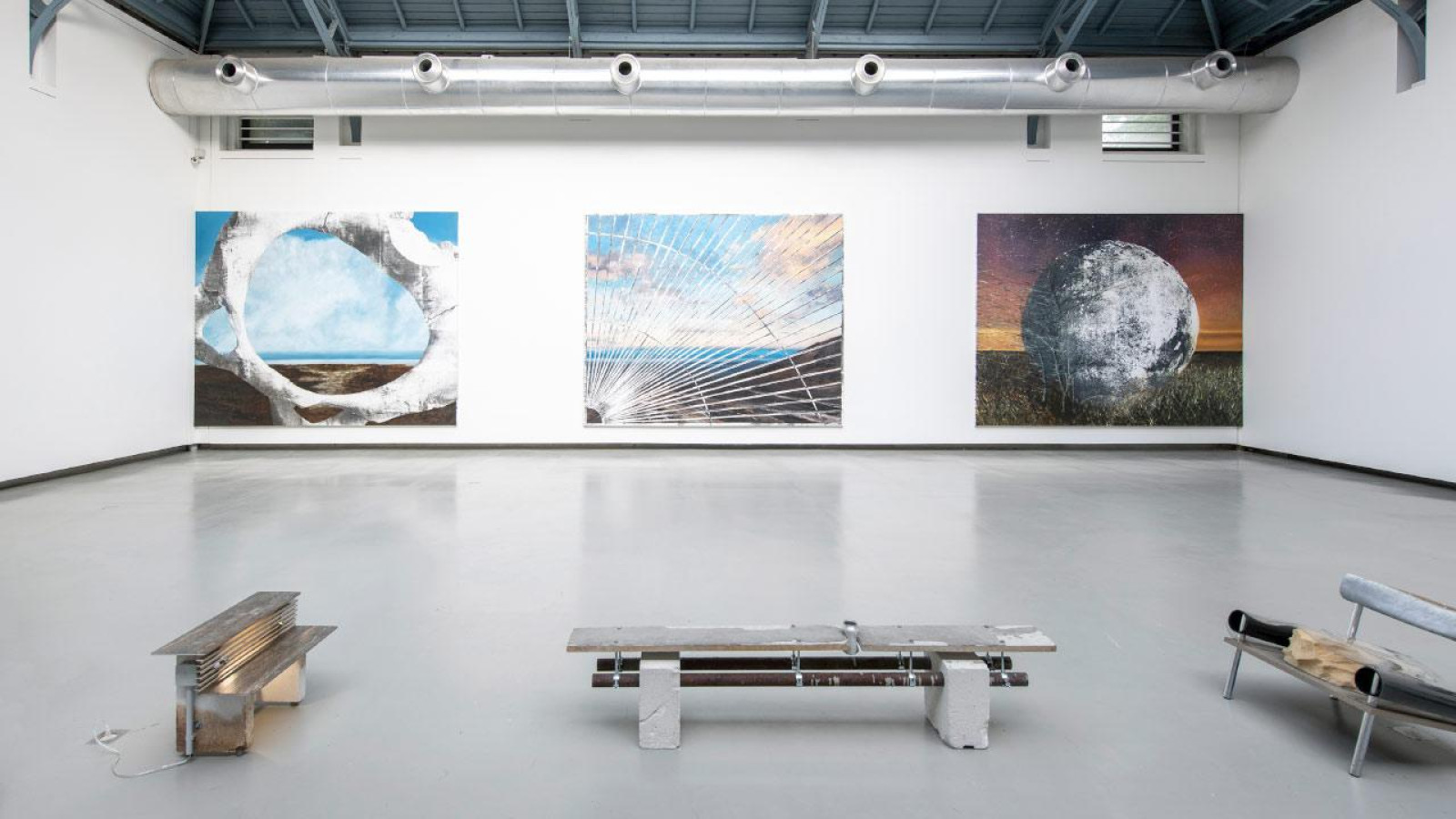
Artistic wonders: Aster Blooms at the Fondation La Verrière Hermès
Tucked discreetly behind the polished glass façade of the Hermès store in Brussels lies one of the city’s most exquisite secrets: Fondation La Verrière, a luminous gallery space bathed in natural light beneath a grand glass roof. While shop assistants glide past with the maison’s iconic orange boxes, visitors discover a very different kind of treasure — contemporary art with a quietly radical edge.

For its second exhibition of the year, curator Joël Riff, who has long championed thoughtful, sensory encounters with art, invites Franco-Danish artist Eva Nielsen, a collaborator and close friend since their days at the École des Beaux-Arts in Paris, to take centre stage. But Aster, as the show is titled, is far from a traditional solo exhibition. Described as a “solo augmenté” or “augmented solo”, it is a multi-voiced constellation, where Nielsen’s work is placed in dialogue with other creators. The result? A poetic exchange of forms and ideas that opens new ways of seeing the world — subtle, rich, and quietly transformative.
A leading voice in the European contemporary art scene, Eva Nielsen has exhibited widely in France and internationally, with works held in major public and private collections, including MOCA Los Angeles. Now a finalist for the 2025 Prix Marcel Duchamp, she opens a new chapter with Aster — her first institutional solo show outside France. And where better than La Verrière, a space defined by its transparency and open dialogue with the sky above?
Born in 1983 in the suburbs of Paris, Nielsen has long explored landscapes on the periphery — industrial fringes, forgotten zones, architectural limbos. Her new canvases, unveiled here, are punctuated by striking visual fissures that seem to tear open the image, shifting the viewer’s gaze toward elusive vanishing points just beyond reach. The sense of vertigo this induces is deliberate. Working at the intersection of painting, photography and silkscreen, Nielsen sculpts light with precision, building images that are at once immersive and unsettled.
At the heart of the exhibition is an ambitious triptych, its monumental scale dictated by the very dimensions of the artist’s own studio - a quiet nod to the physical realities of creation. As curator Joël Riff puts it, these new works “embrace a dizzying minimalism, laying their heart bare”. Stark and enigmatic, the canvases are peopled with suggestive forms that demand distance and introspection, opening space for a new kind of looking.
To deepen the dialogue, Nielsen is joined by three complementary artistic gestures, expanding the exhibition into an immersive ecosystem. There’s a nod to the past—because contemporary art rarely exists in a vacuum: a minimalist abstract sculpture by pioneering German artist Charlotte Posenenske (1930–1985) offers a sharp commentary on industrial standardisation. The present is embodied by edgy Belgian designer Arnaud Eubelen, born in 1991, who contributes lighting and seating crafted from salvaged urban materials—a meditation on reuse and reinvention, inviting visitors to sit, linger, and take their time with the work. Meanwhile, a lyrical text commissioned for the exhibition publication, penned by the Paris-Brussels-based landscape design studio Établissement (founded in 2015 by architect Annabelle Blin), encourages viewers to reimagine the landscapes that surround them. Together, they form a constellation of perspectives — quietly radical, grounded in materiality, and brimming with possibility.
Aster on view at Hermès Bruxelles until 26 July.
Courtesy: Fondation d'entreprise Hermès
Text: Lidia Ageeva


